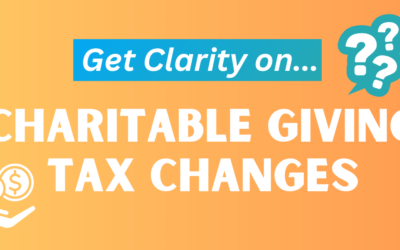
Aphorisms abound about money and value, and they are common because they are so quickly instructive. “A bird in the hand is worth two in the bush.” “A penny saved is a penny earned.” Most importantly for the nonprofit crowd, “I will gladly pay you Tuesday for a hamburger today.”
Nonprofits are constantly striving for a little up-front cash to get the work done. There once was a day when it was easier to write a grant request, find a supporter, and get a big award proactively. Yes, the charity had to submit a report at the end of the grant period, but the money appeared up-front. Today’s world of charity funding may sound more like J. Wellington Wimpy, the famous cartoon side-kick to Popeye. The increasingly likely response to funding is “I will gladly pay you Tuesday for program outputs today.”
Part of the reason for the funding shift is a move to fee for service delivery, explained in more detail in this post. Another part however is a better understanding about the present value of money. More money paid earlier is worth a greater amount than money paid later, and it isn’t just inflation over time that changes value. There is a good amount of reasoning behind the calculation of opportunity costs in addition to things like inflation. Money given to one nonprofit before work begins not only means the donor won’t earn interest, it also means that current money isn’t available for some other, competing cause. After all, if a donor can give money to one cause today and then pay for services delivered for another cause at a later time – with money not yet in hand – that donor is getting present value for money not yet available. The downside is that the costs of financing that later payment must be born by the charity, not the donor. The donor gets more value, but it comes from somewhere.
The community corollary of all this is also true, of course. The sooner a service can be delivered in a community, the more valuable it is for the nonprofit mission in many cases. Intervening in health care early is widely regarded as more cost effective than waiting for a problem to get worse. Providing early childhood education is more cost effective than trying to provide remedial education later on in life. The list goes on.
Nonprofits which understand the real benefit of not just providing services now, but also of the costs of paying for them later, can make a better case for funding and stronger-valued outcomes than those who just jump at getting paid, regardless of when the payment arrives. Wimpy may have been able to pay for his hamburgers on time, but why not ask to hang on to his own money a little longer? Maybe he had some social investment in the works.

